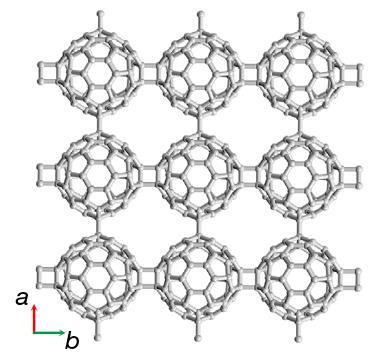
A single-layer carbon allotrope has been prepared from a fullerene, the first time that a two-dimensional material has been constructed from nanostructures rather than atoms.
2D materials like graphene possess unique electronic and optical properties which arise from their repeating conjugated-carbon structure. This bonding pattern can be altered to tune physical characteristics such as the bandgap, a property which determines whether the material is metallic, semi-conducting or insulating. Previously, research has focused on creating these systems from single atoms, but nanoclusters such as fullerene can theoretically bond in a similar manner to form more complex monolayers with different properties.
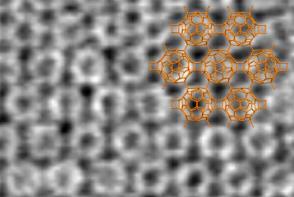
A team in China has now prepared the first 2D carbon material from a fullerene. C60 units underwent polymerisation in the presence of magnesium to form covalently bonded fullerene layers, separated by magnesium ions. Strong interlayer magnesium–carbon bonds supported this bulk structure but prevented the removal of individual fullerene layers.
The team therefore applied an organic cation slicing strategy, mixing the bulk crystal with tetrabutylammonium salicylate to isolate the component monolayers. The magnesium cations strongly coordinated with the oxygen-containing salicylate anions, essentially exchanging with the tetrabutylammonium ions to form a new intercalated fullerene structure. These bulkier cations increased the interlayer distance, meaning that gentle shaking could separate the individual fullerene sheets.
The resulting nanocluster monolayer is a semiconductor with a uniquely undulating surface, making it a promising candidate for 2D optoelectric devices.
References
L Hou et al, Nature, 2022, 606, 507 (DOI: 10.1038/s41586-022-04771-5)





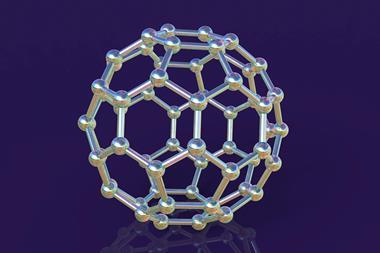


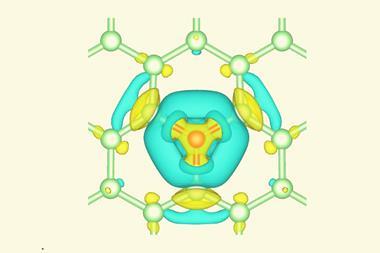
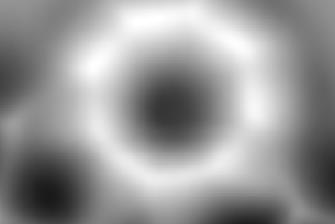
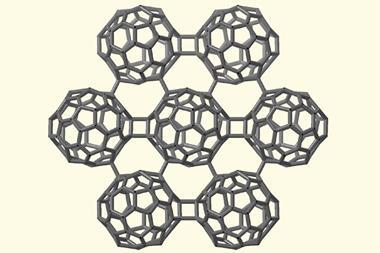






No comments yet